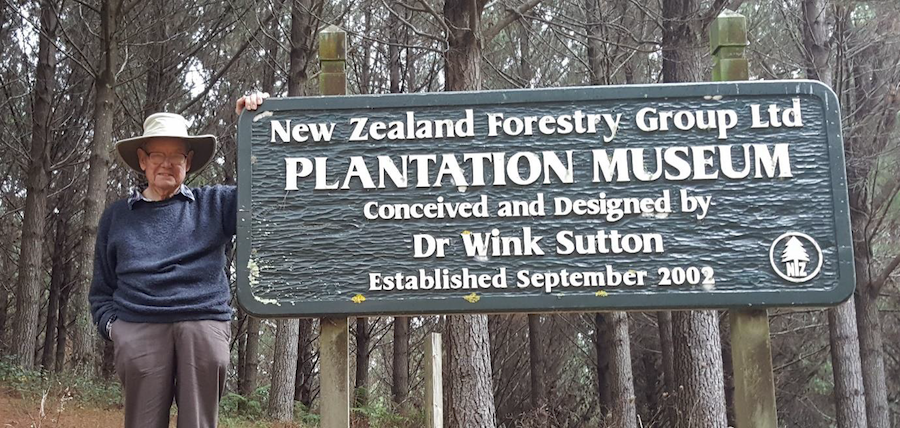Are the Australian greens the environmental mafia?
From New Zealand Tree grower November 2010

On the 20 August Dr Peter Volker, President of the Institute of Australian Foresters, issued a press release − Say no to the environmental Mafia. Dr Volker was responding to a call from the Australian greens for a ban on indigenous forest logging. The greens hold a position of enormous political power after the recent indecisive Australian elections. On first reading I thought that the label appeared extreme but after consideration it does appear appropriate.
Where will the wood come from?
The greens could not have thought through what their demand will mean for either the Australian forests or the Australian economy. According to recent annual statistics, Australian native hardwoods in 2008/9 contributed 7.8 million cubic metres, or 31 per cent of the nation’s wood harvest. Wood imports annually cost Australia about $2 billion. Imports are mostly tropical south east Asian hardwoods. Softwood imports from New Zealand are only just over 600 million cubic metres.
If there is a ban on indigenous harvesting where is Australia to get its hardwoods from? Or are the greens suggesting Australia uses less wood and makes up any shortfall in the wood supply with polluting and energy consuming alternatives? The move to either a greater volume of hardwood imports or to wood substitutes is environmentally irresponsible. The viability of rural communities would be reduced as loggers and wood users would be without a job.
Not true
The campaign by the greens implies that the indigenous forest is under threat. This is a gross distortion. A large percentage of the most productive forests, the wet forests of eastern Australia, Tasmania, and south-western West Australia, are already in permanent conservation reserves. Victoria has only seven per cent of its forests available for harvesting. Although Tasmania can practise harvesting on 47 per cent of its forest, 90 per cent of its old growth is already in National Parks. In West Australia the annual cut of karri, jarrah and marri is probably a third of what it was 10 years ago. Queensland has recently announced a complete closure of its native forest industry.
Australian forests are not under any threat by harvesting. Almost all forests are managed on sustainable yield principles and have been for decades. The volume harvested is rarely greater than the forest growth.
Without management, which costs money, fire is a major concern. Where there is forest management, the fire risk is usually reduced by deliberate low intensity burning. If the forest is left unmanaged there is an accumulation of forest fuel, and wild fires can be catastrophic usually when conditions are hot, dry and windy.
Re-think demands
Without any income from harvesting it is difficult to see large amounts of federal or State money being diverted to pay for forest management, especially fuel reduction. What other expenditure options are the greens prepared to forgo to manage the unharvested indigenous forest?
Some of the tactics of the environmentalists are unethical. These include threats to local hardwood sawmillers and wood users, frightening the Japanese pulp and paper industry into not using Tasmanian woodchips and blockading lawful forestry operations.
Unless they want the label of environmental mafia the Australian greens should seriously rethink their demand for a ban on indigenous harvesting.
Disclaimer: Personal views expressed in this blog are those of the writers and do not necessarily represent those of the NZ Farm Forestry Association.

No posts yet
Add a post